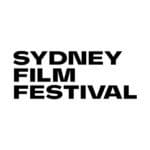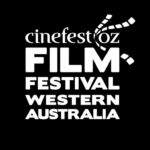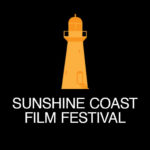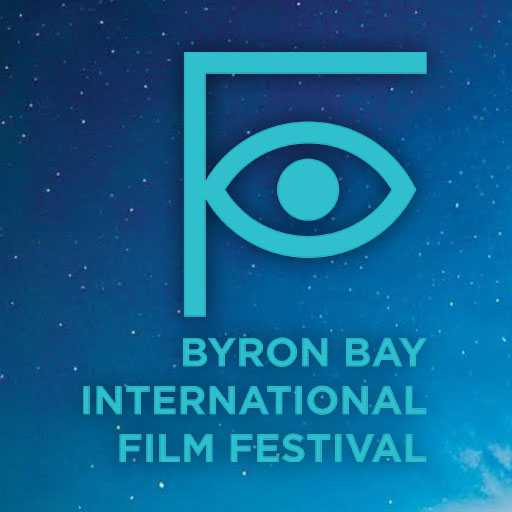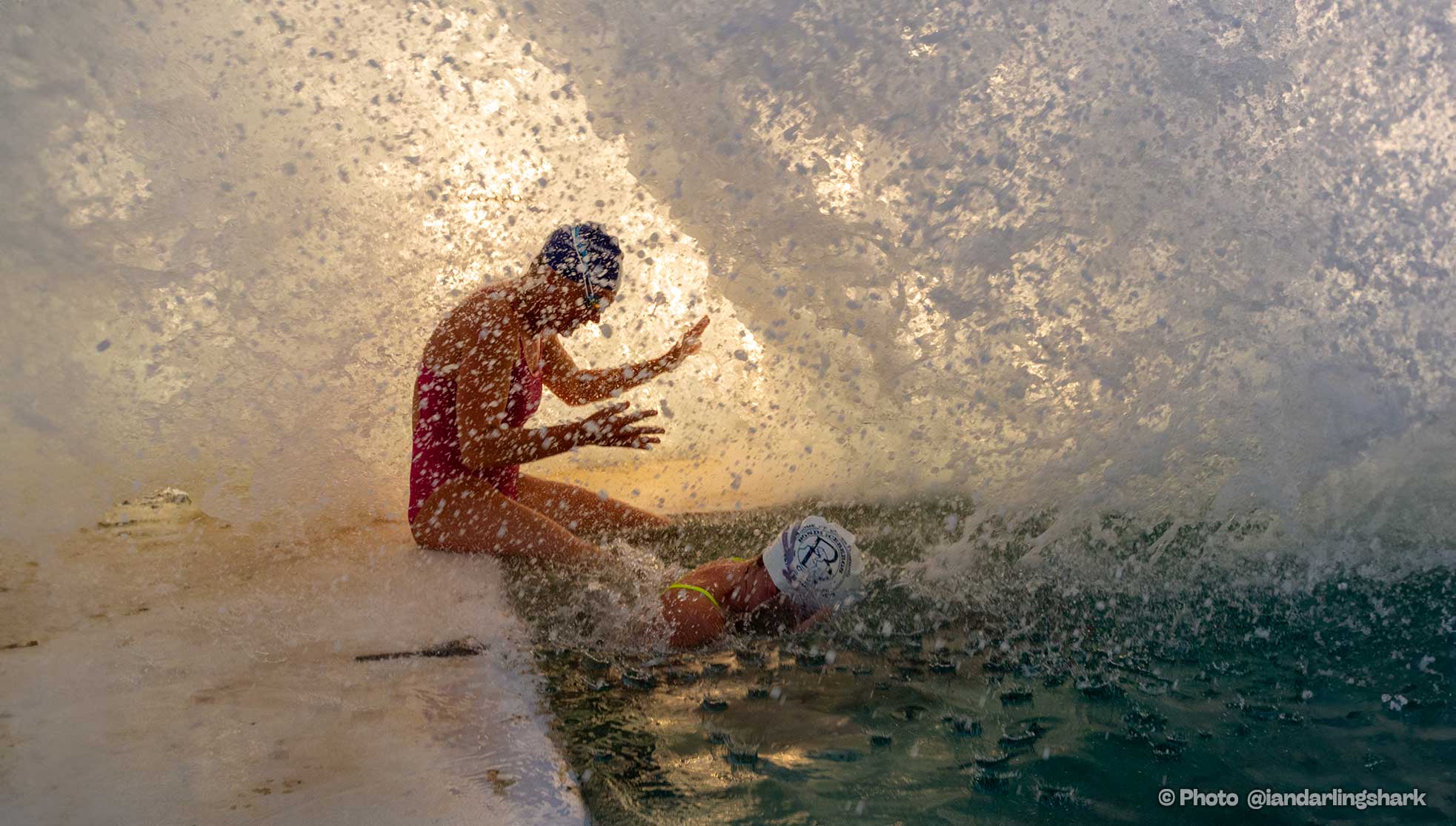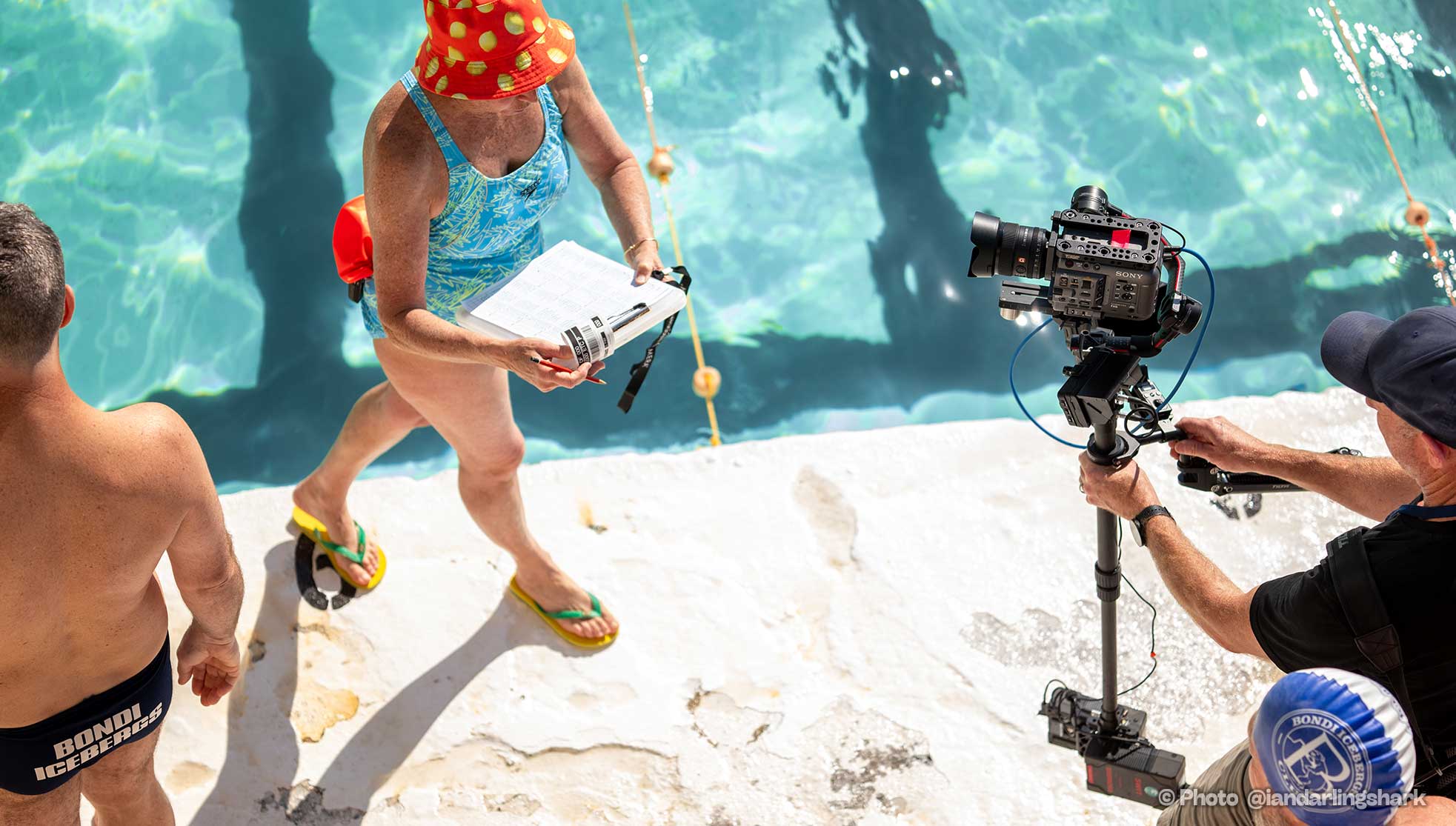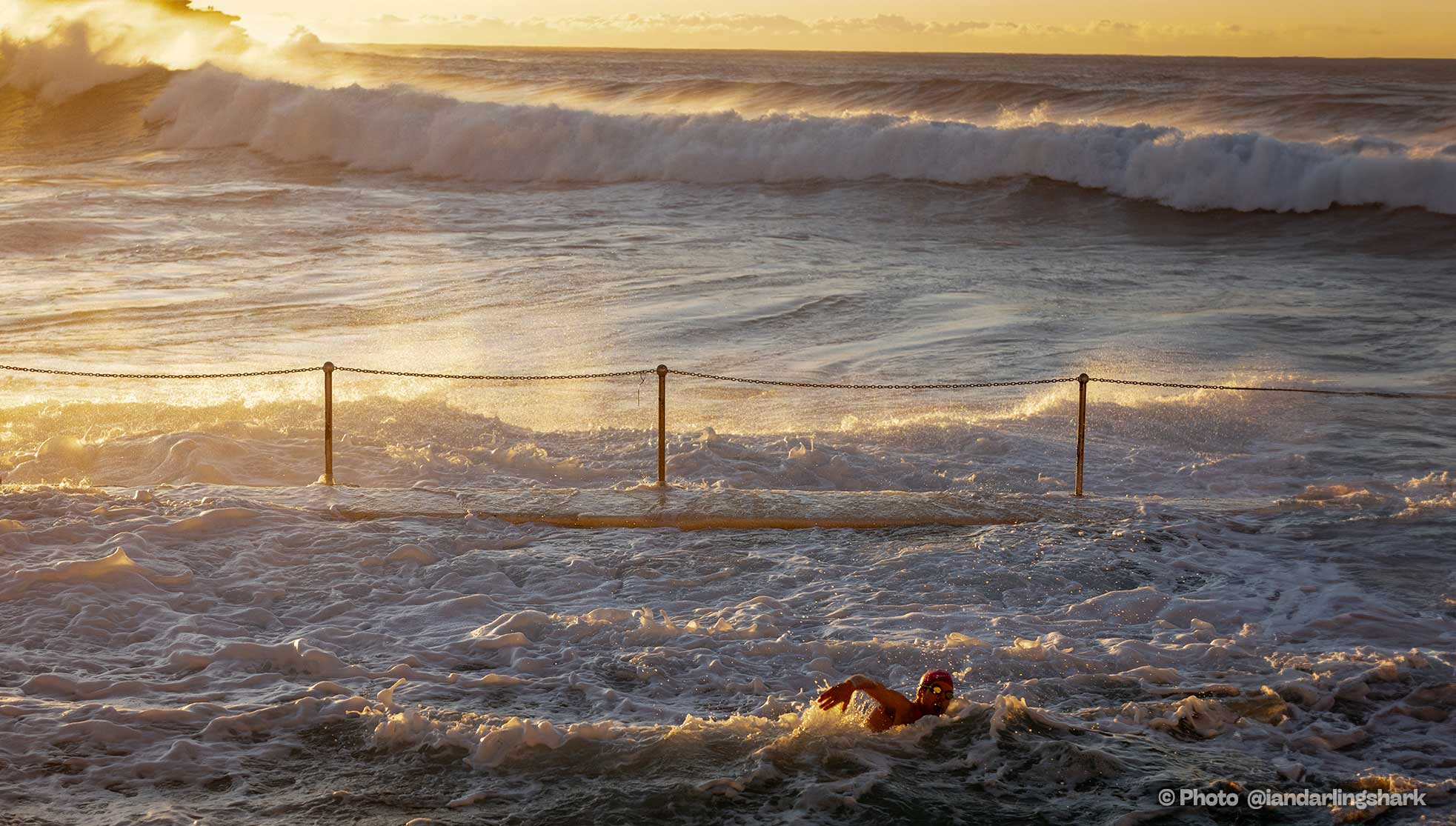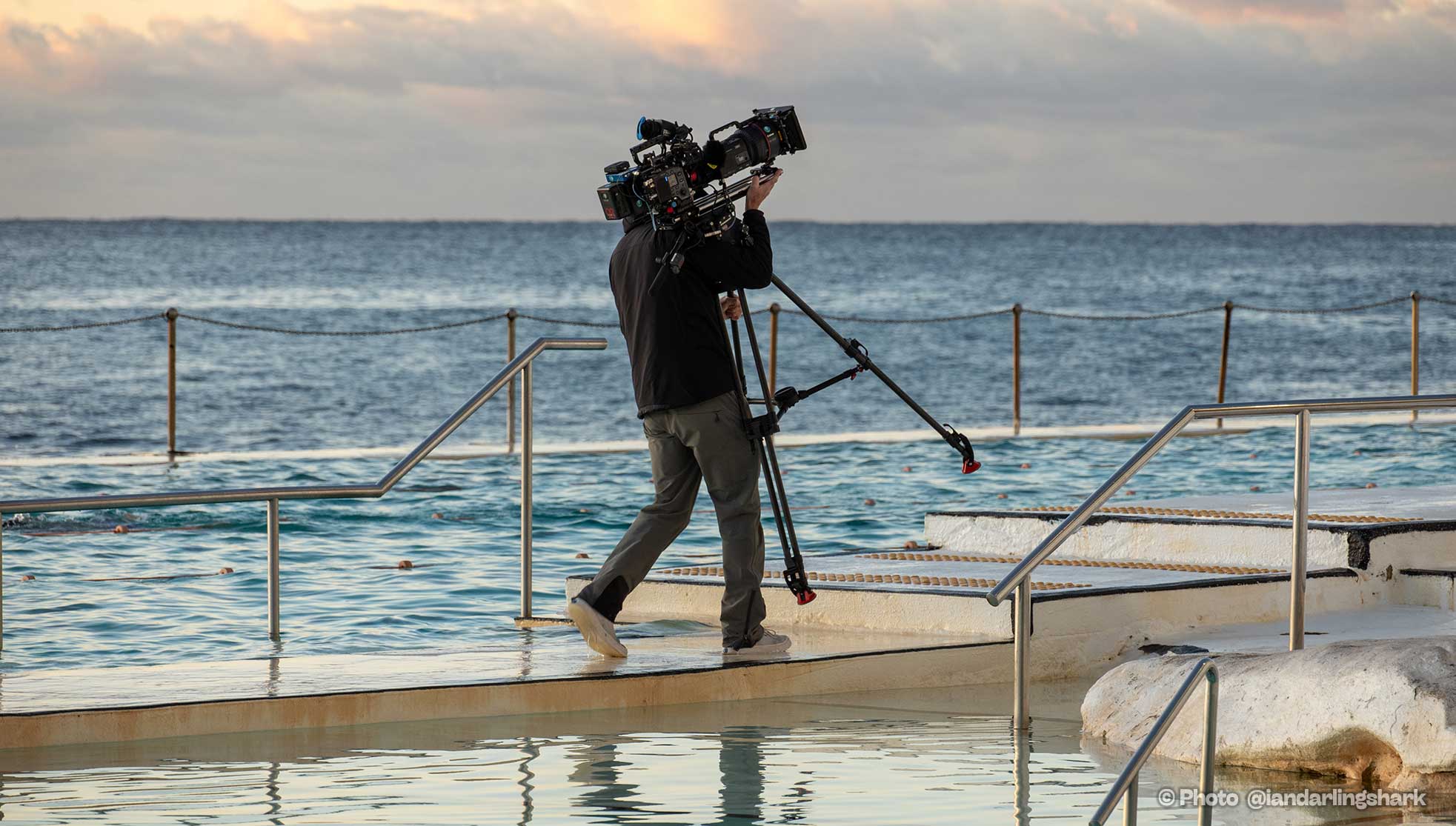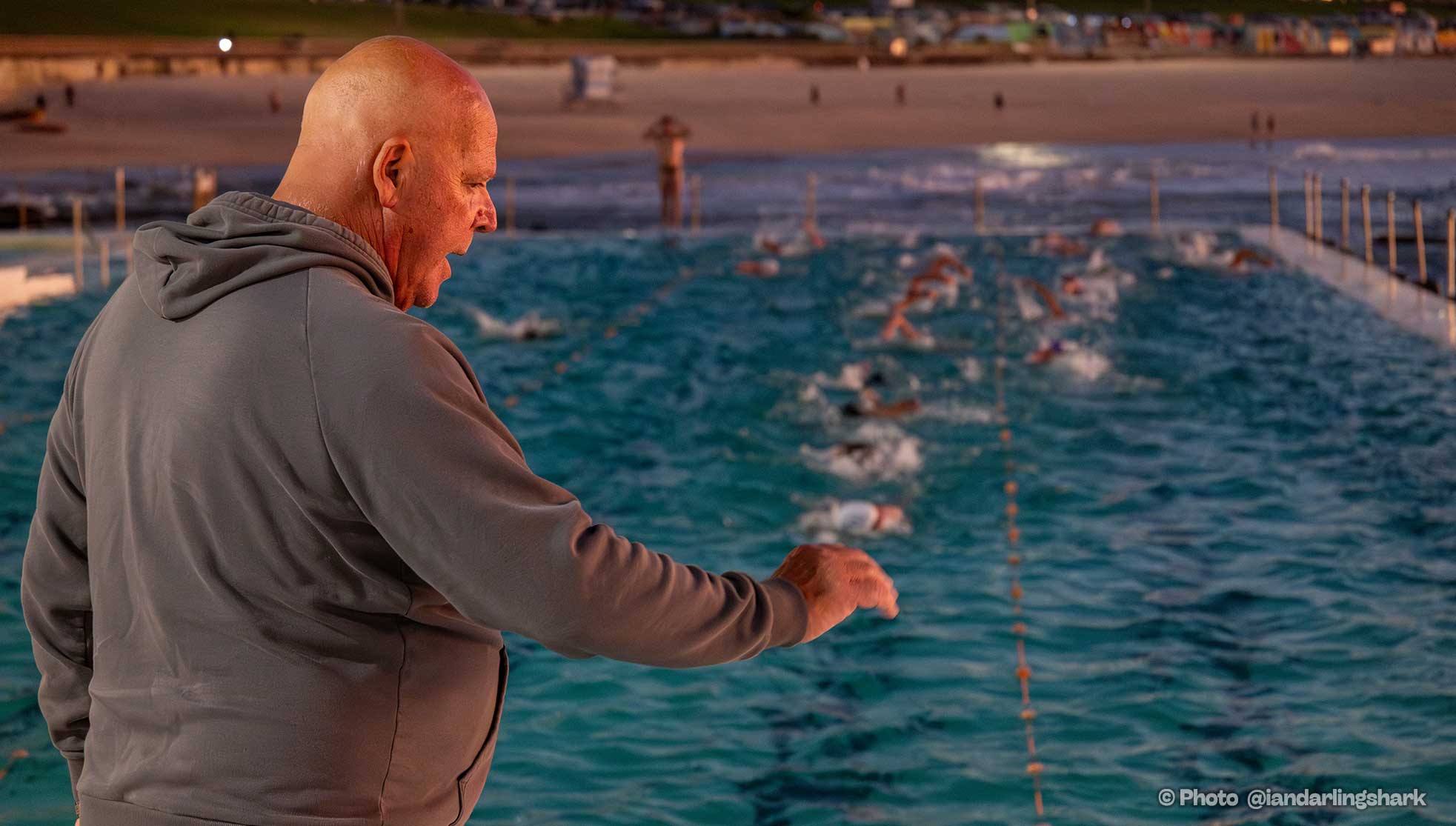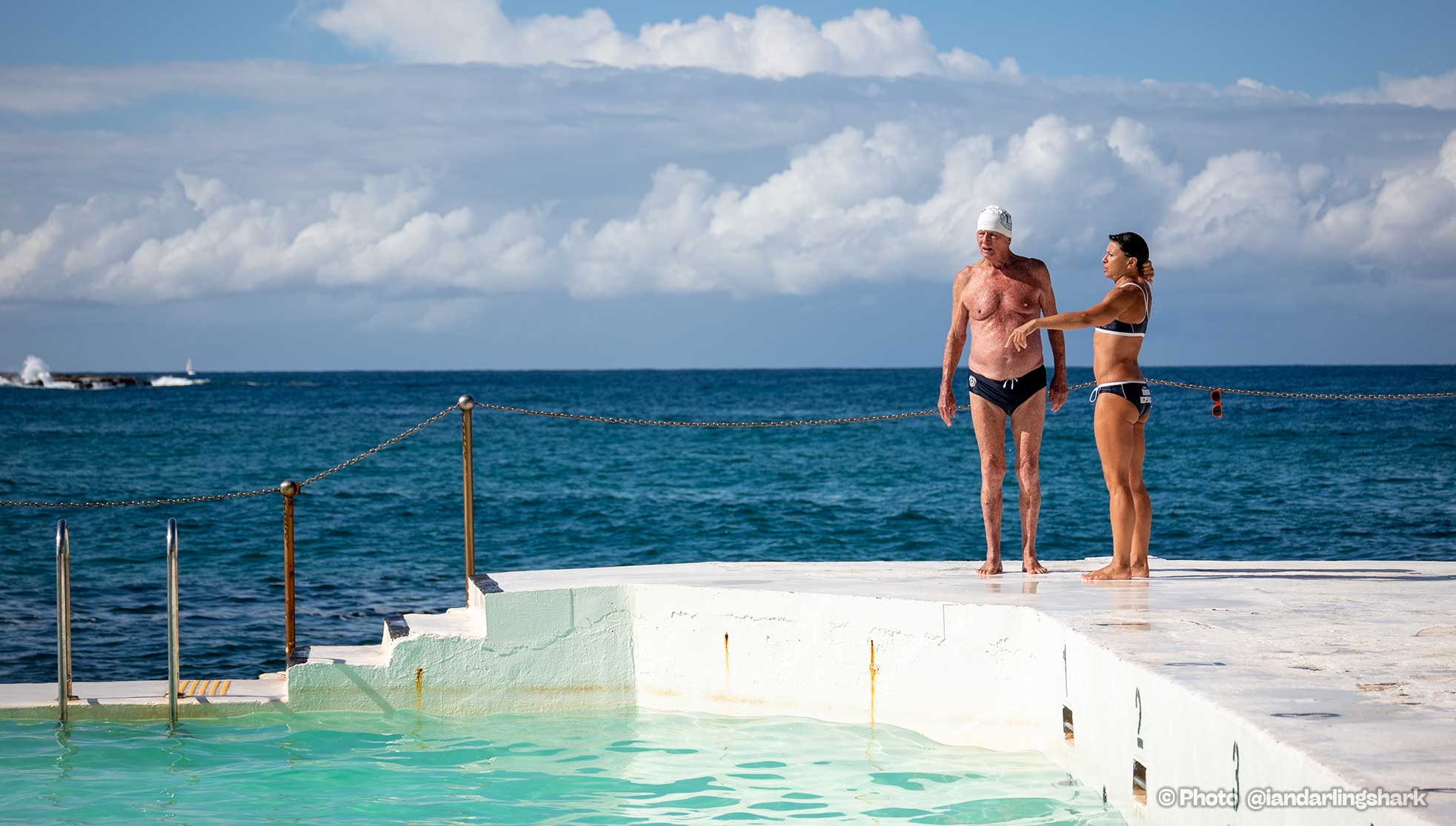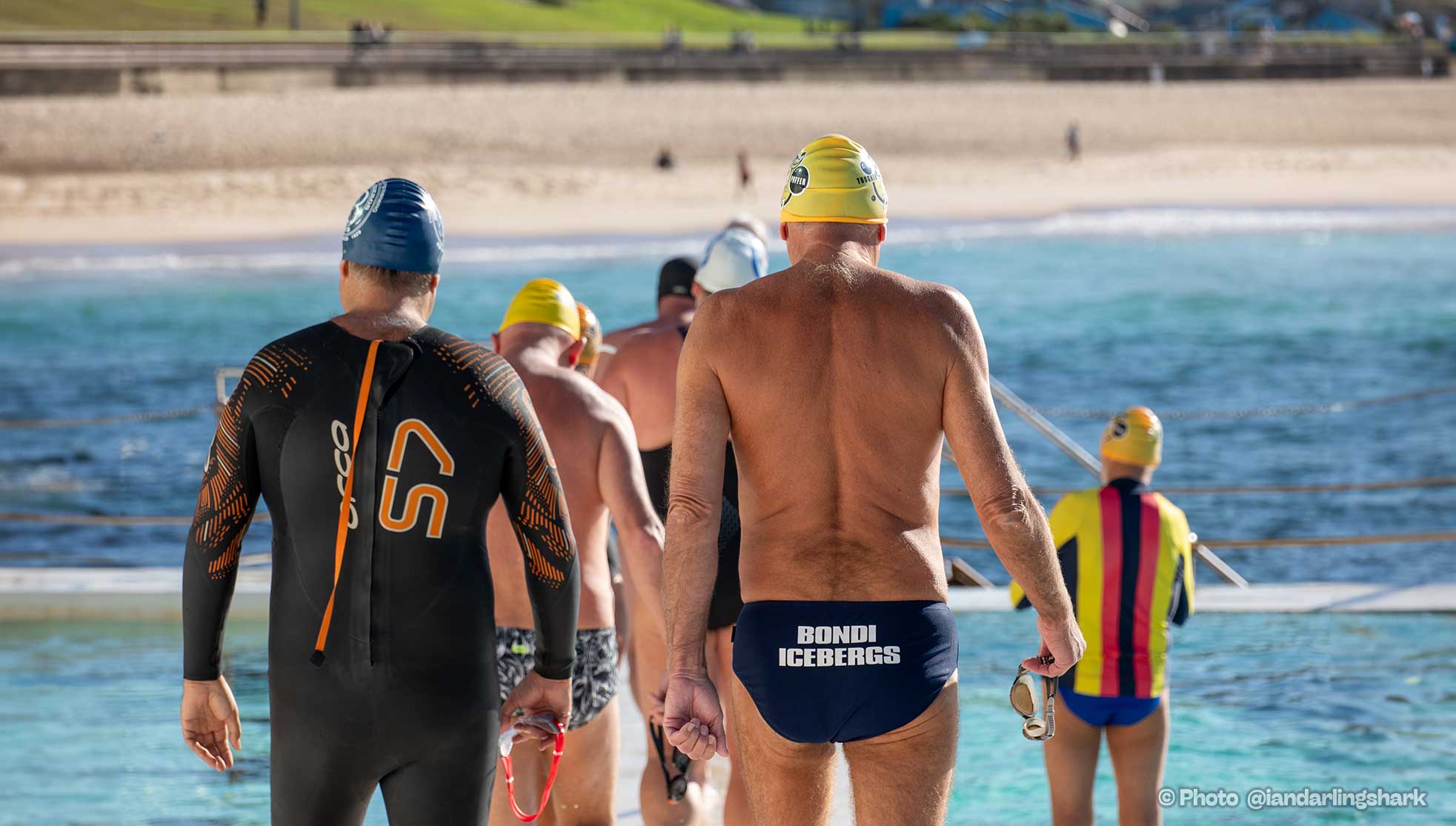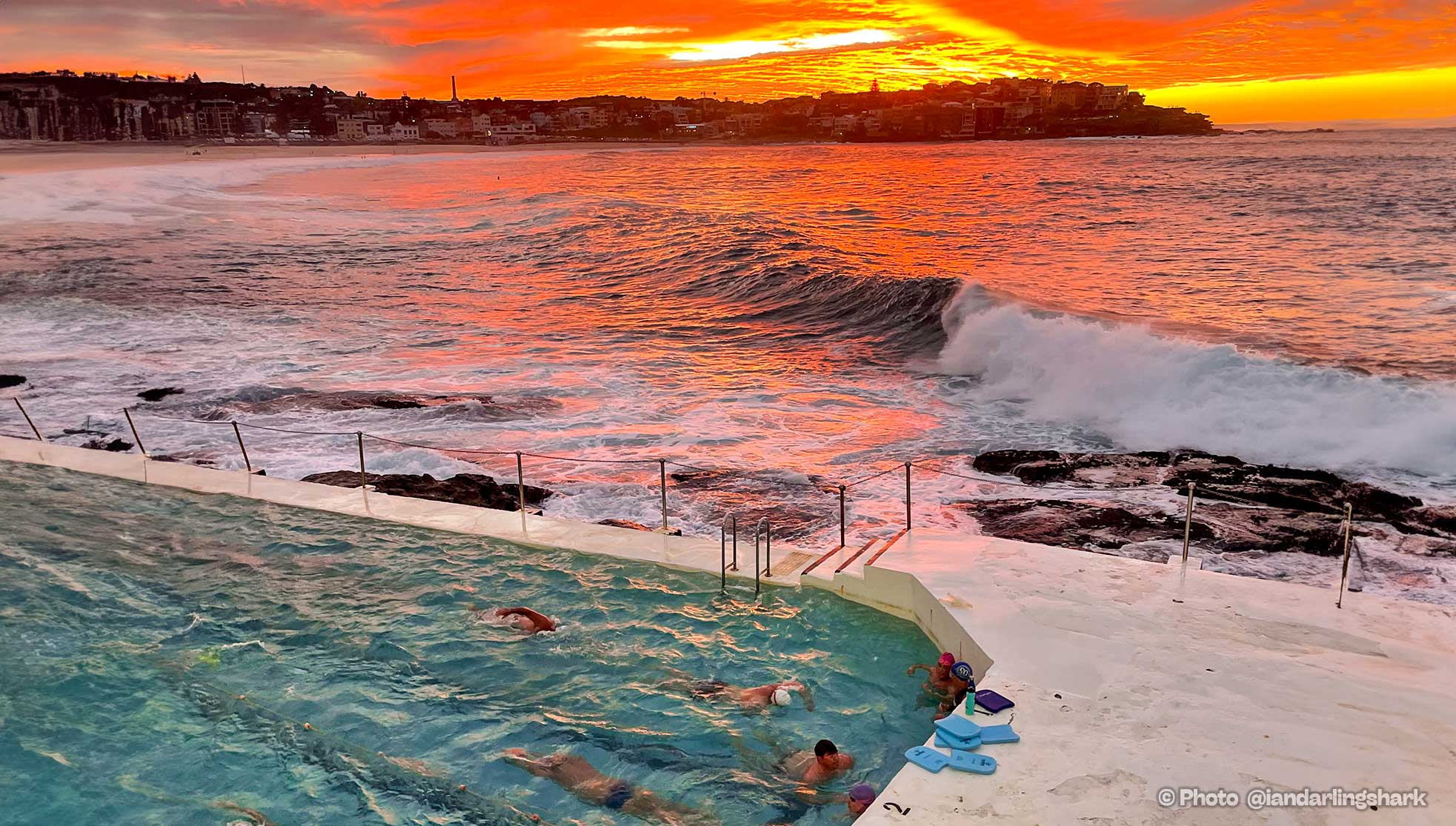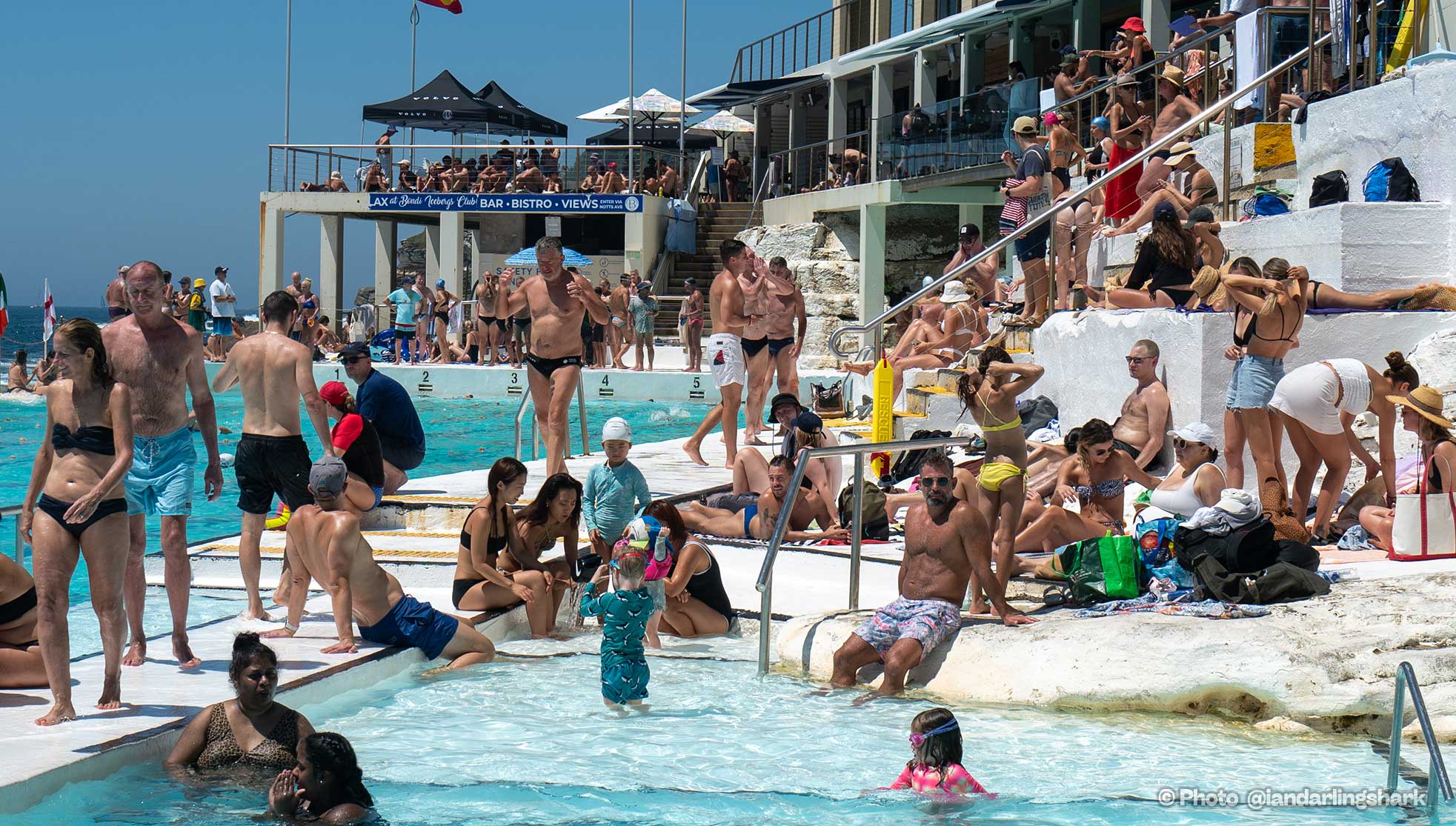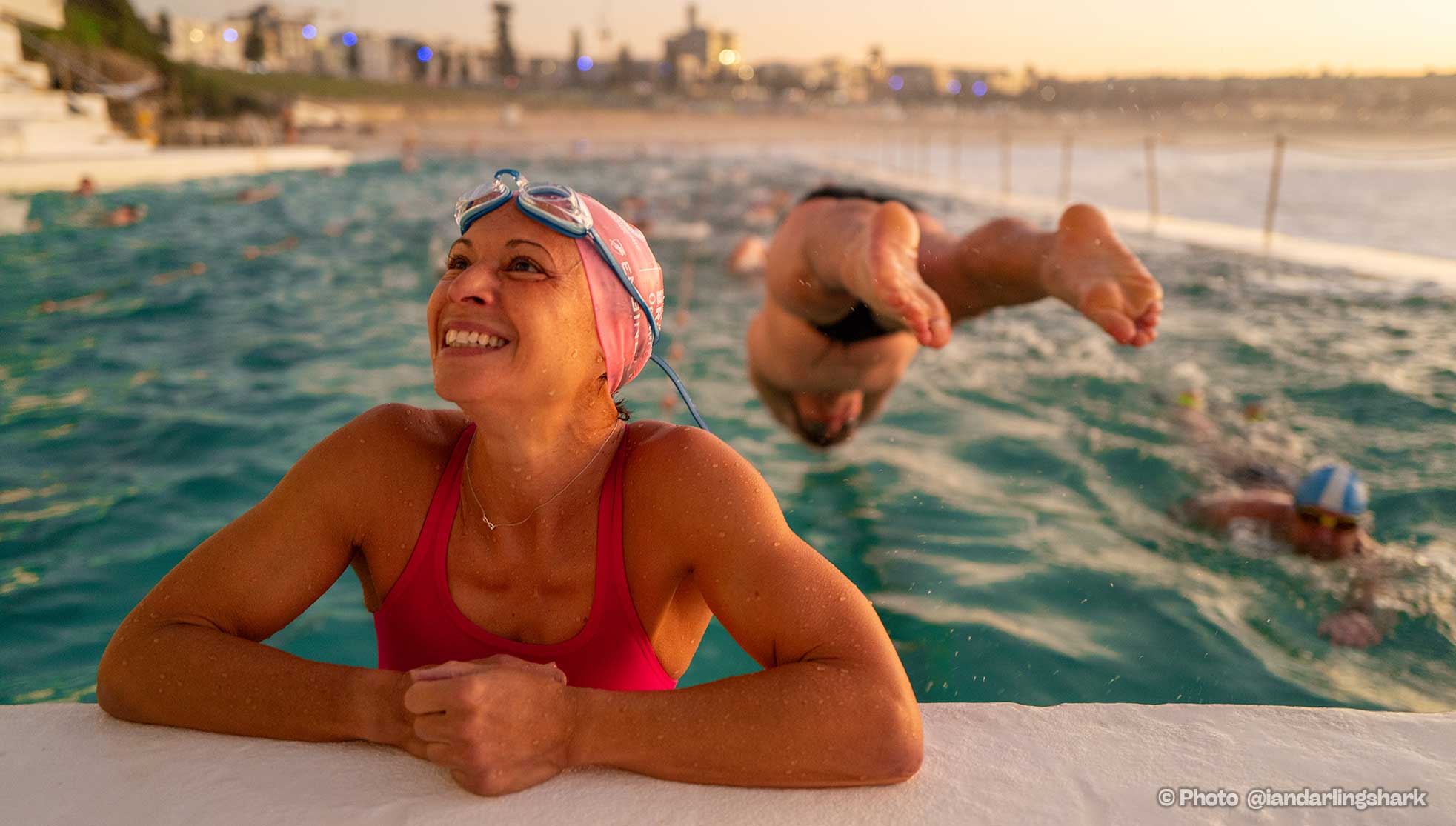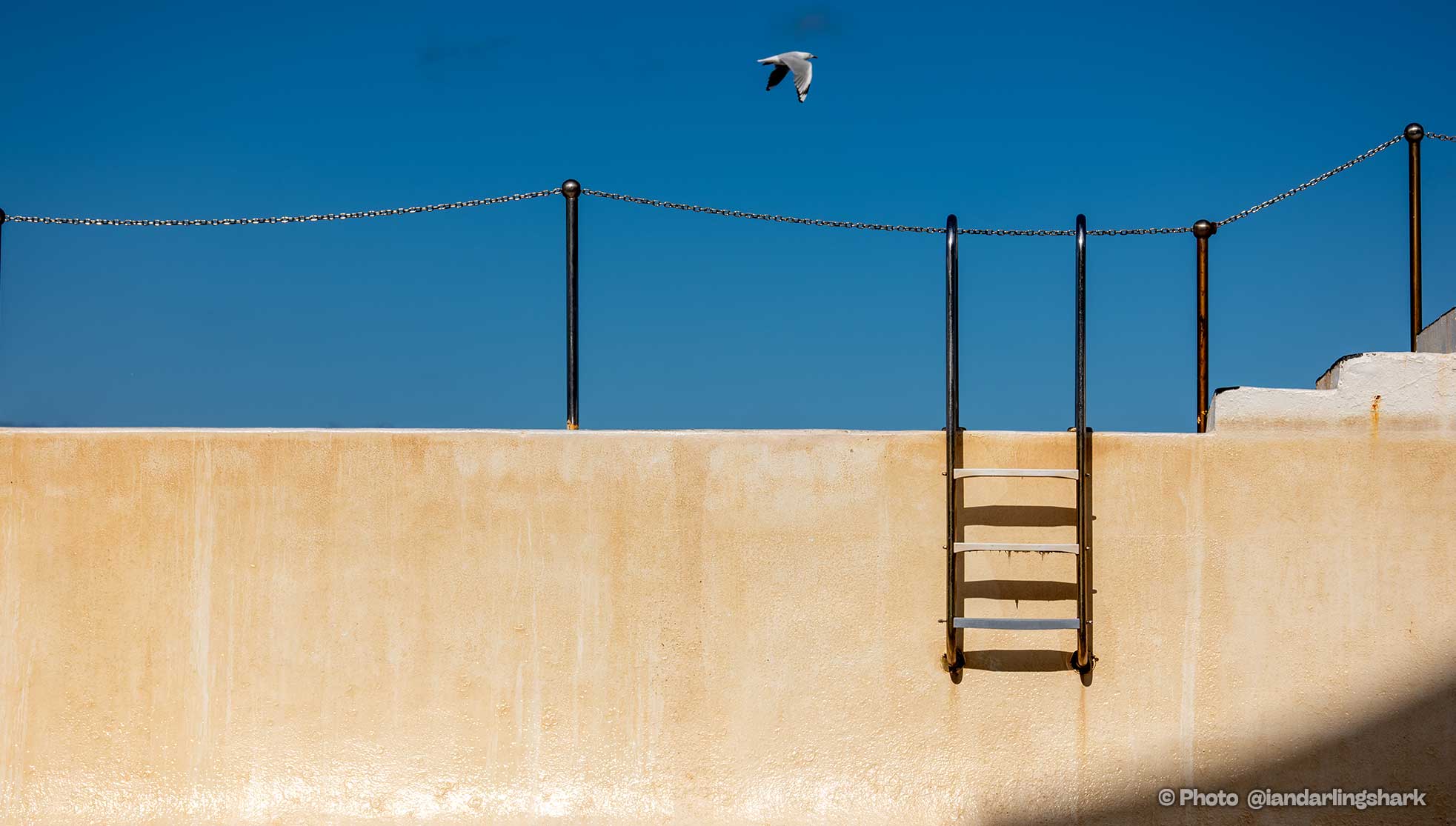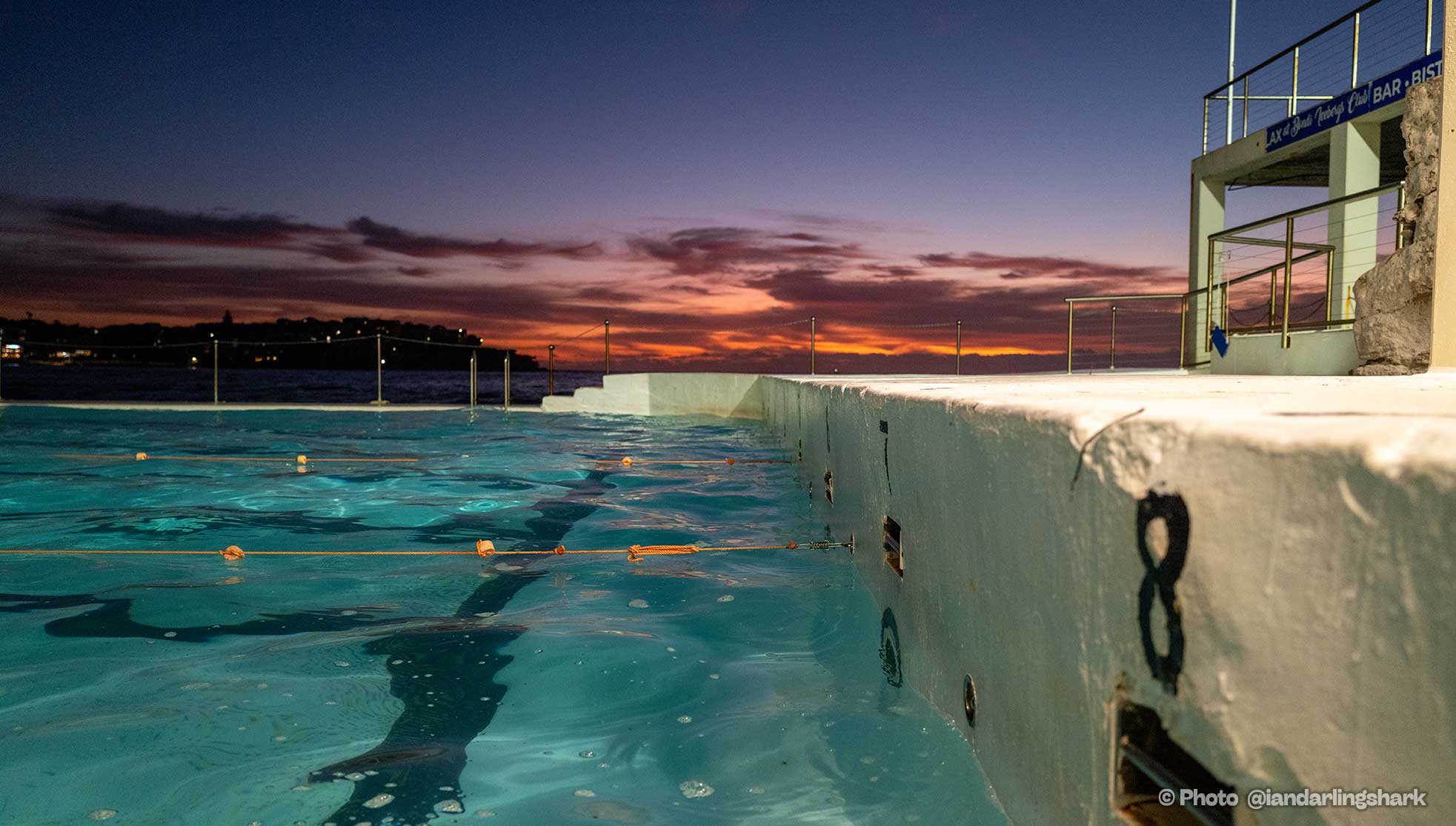IAN DARLING
Director
Ian Darling is an award-winning documentary filmmaker. He is Executive Director of Shark Island Institute and Chair of Shark Island Foundation.
His Director and Producer credits for Shark Island Productions include THE TWINS, THE FINAL QUARTER, PAUL KELLY — STORIES OF ME, THE OASIS, SUZY & THE SIMPLE MAN, IN THE COMPANY OF ACTORS, ALONE ACROSS AUSTRALIA, WOODSTOCK FOR CAPITALISTS, POLLY & ME and THE COMEDIAN. He was also a Producer on THE DEPARTMENT, LIFE AFTER THE OASIS, WALL BOY and STORIES FROM THE INSIDE, and an Executive Producer of FLY, WASH MY SOUL IN THE RIVER’S FLOW, PAPER AND GLUE, ALLEN V. FARROW, ON THE RECORD, 2040, THE FOURTH ESTATE, THE BLEEDING EDGE, UNREST, INVENTING TOMORROW and HOW TO CHANGE THE WORLD.
Ian Darling is currently directing and producing the feature documentaries THE SWIMMING POOL and THE VALLEY.
He co-wrote and acted in the award-winning play THE TWINS, a two-hander with comedian Greg Fleet. In 2021 the play was performed over 75 shows in Adelaide, Sydney, Kangaroo Valley, Canberra and Melbourne.
His photographs have been finalists in the National Photographic Portrait Prize, the Moran Contemporary Photographic Prize, the Sydney Life Photography Prize and the Head On Portrait Prize.
Ian Darling was Chair of The Caledonia Foundation from 2002 to 2022. He was Founder (and former Chair) of Documentary Australia Foundation, and Founder of Good Pitch Australia, which funded and helped create 19 social impact documentaries and outreach campaigns. He is a Member of the Impact Partners Advisory Board in New York. He was a former Chair of Sydney Theatre Company and STC Foundation, and a Director of National Institute of Dramatic Art (NIDA) and The Salvation Army Advisory Board.
He received the Byron Kennedy Award for innovation and the relentless pursuit of excellence at the 2018 AACTA Awards. Ian received the AFI/AACTA Award for Best Direction in a Documentary, has twice been a Walkley Awards Finalist, a winner of two Film Critics Award, and nominated for numerous Australian Directors Guild, AFI/AACTA, and IF awards. He was named Australia’s Leading Philanthropist by Philanthropy Australia in 2017.
He is a recipient of the Creative Partnerships Australia Business Leadership Award, and his homeless film project THE OASIS was named one of ‘Australia’s Top 50 Philanthropic Gifts of All Time.’ In 2018 Ian Darling was appointed an Officer (AO) of the Order of Australia for distinguished service to documentary film production, to the performing arts, education and community engagement, and to social welfare organisations through philanthropic endeavours.
He has an MBA from IMD Switzerland, and a BA (Acc.) from the Australian National University.

